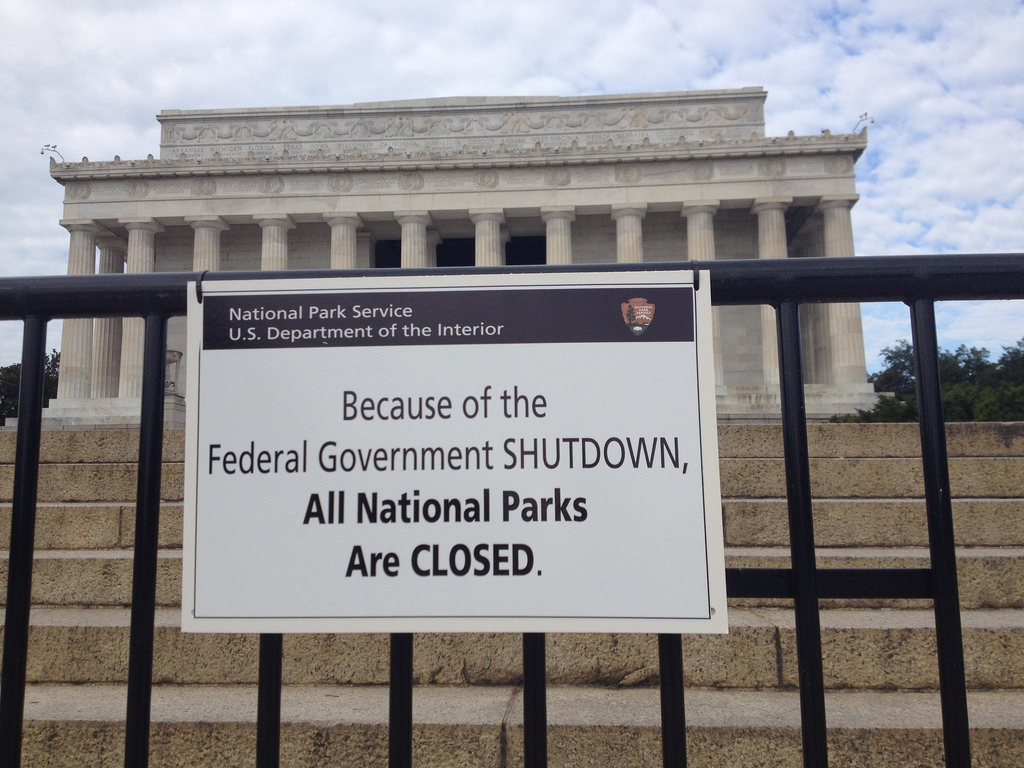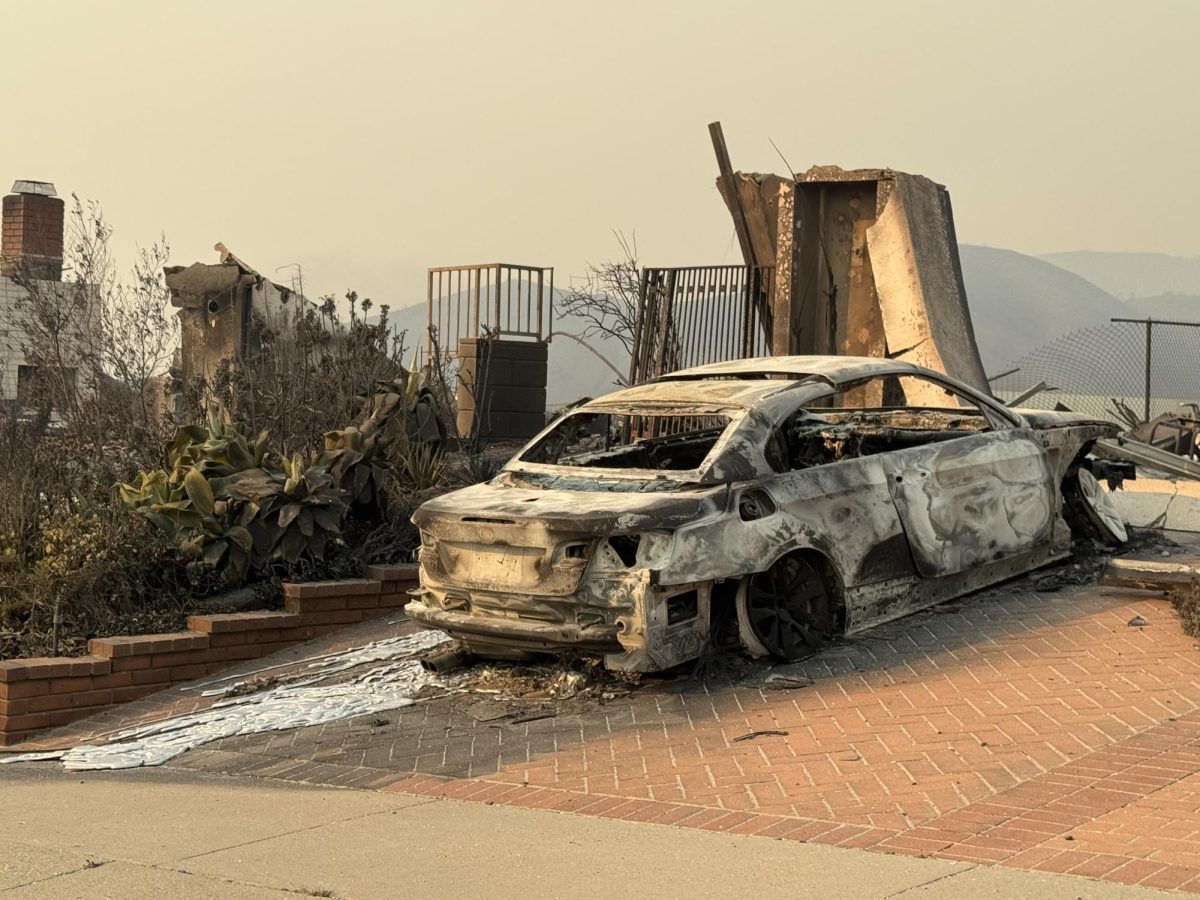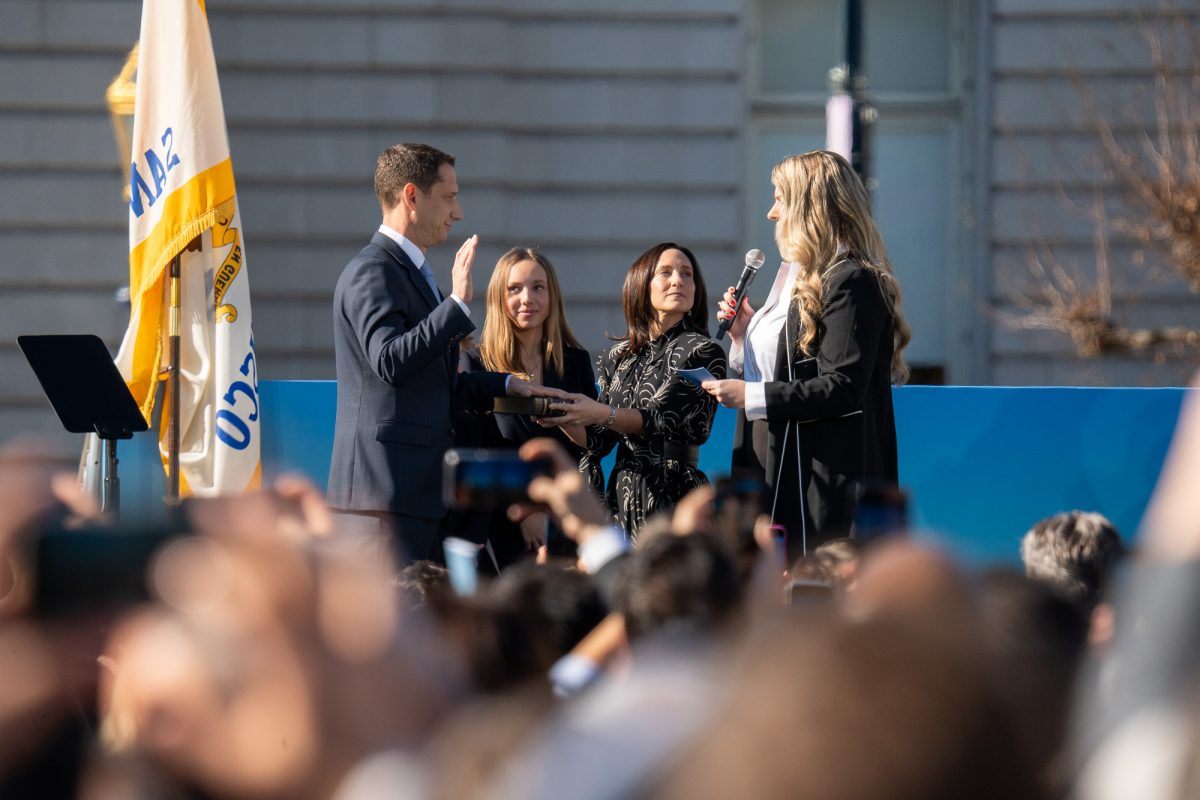The government of the United States recently experienced the longest shutdown in American history. The shutdown lasted for 35 days from Dec. 22, 2018 to Jan. 25, 2019, exceeding the length of the 21 day shutdown in 1995-96,which had previously held the record.
The prospect of a shutdown first appeared on Dec. 11, after President Trump met with Chuck Schumer, the Democratic Senate Minority Leader, and Nancy Pelosi, the Democratic House Majority Leader, in a televised meeting, where they discussed the appropriation of funds for the construction of a border wall.
After Democratic leaders refused to support the addition of $5.7 billion of spending to fund a border wall, President Trump decided to shutdown the government, saying “I am proud to shutdown the government for border security.”
Despite bipartisan attempts to pass continuing resolutions, no spending was approved in 2018.
The continuing resolutions would have provided short-term funding to specific agencies, including,notably, the Department of Homeland Security, the IRS, the EPA, and the FDA.
Without a spending budget being passed, federal agencies were left with no new funding to pay for services or projects and several hundred thousand federal workers were furloughed without pay. This situation was largely due to President Trump’s promise to veto any spending bill without funding for a border wall, which dissuaded Republicans from supporting any such measure.
After the swearing in on Jan. 3 of the new 116th Congress, elected in the 2018 midterm elections,more legislation was introduced to end the government shutdown.This legislation included multiple continuing resolutions, as well as competing Republican and Democratic proposals that included and excluded border wall funding respectively.
None of the legislation was able to pass both houses, leading to attempts at negotiation. Parts of the negotiations between the Democrats and the Republicans included Nancy Pelosi, now Speaker of the House, postponing the State of the Union, President Trump giving an ineffective presidential address, and the convening of an abruptly short meeting between President Trump, Speaker Pelosi, and Senate Minority Leader Chuck Schumer. Ultimately, none of these actions resolved the issues.
The actual resolution of the shutdown came on Jan. 25, when President Trump announced support for short-term funding that lasted until Feb. 15. This change was likely due to the growing negative impacts of the shutdown and the blame he was receiving for those impacts.








